DOE FACTORIES
The causes and solutions to a common problem
HABITAT IMPROVEMENT
Owen Brick
7/20/20255 min read
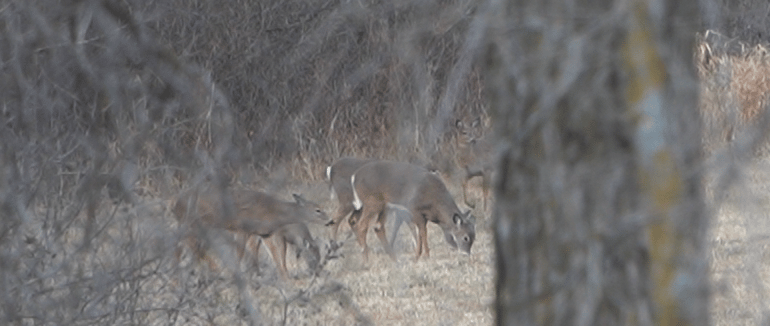

A frustrating situation, but fortunately, an easy one to solve. Doe factories plague habitat managers and whitetail hunters across the country. A doe factory refers to a property where the buck-to-doe ratio is severely imbalanced, with far too many does and fawns in relation to mature bucks.
This overcrowding creates intense social pressure, which mature bucks will not tolerate. As a result, bucks, especially when mature, are often displaced entirely from the area. Properties suffering from this imbalance consistently lack mature buck activity and huntable rut behavior.
Negative Impacts of Doe Factories
The issues don’t stop with buck avoidance. An overabundance of does leads to:
Overpopulation
Poor rut hunting conditions
Constant repopulation and herd turnover
Declining habitat quality and herd health
When doe numbers spiral out of control, pressure on food plots and bedding areas becomes excessive. Overbrowsing and overcrowding prevent deer, especially fawns and yearlings, from meeting their nutritional needs, ultimately harming overall herd health and development.
Contrary to what many believe, imbalanced sex ratios negatively impact the rut. When doe numbers are too high, bucks don’t need to travel far to find receptive does. This lack of competition reduces daylight movement, and what should be the best time of the season for hunters turns into one of the worst.
It is essential to note that there’s no such thing as having too many bucks - it's impossible. Buck numbers are naturally self-limiting, and they follow the food. If your property has quality food, you’ll attract bucks, but that also comes with does. The goal is to keep the ratio balanced.
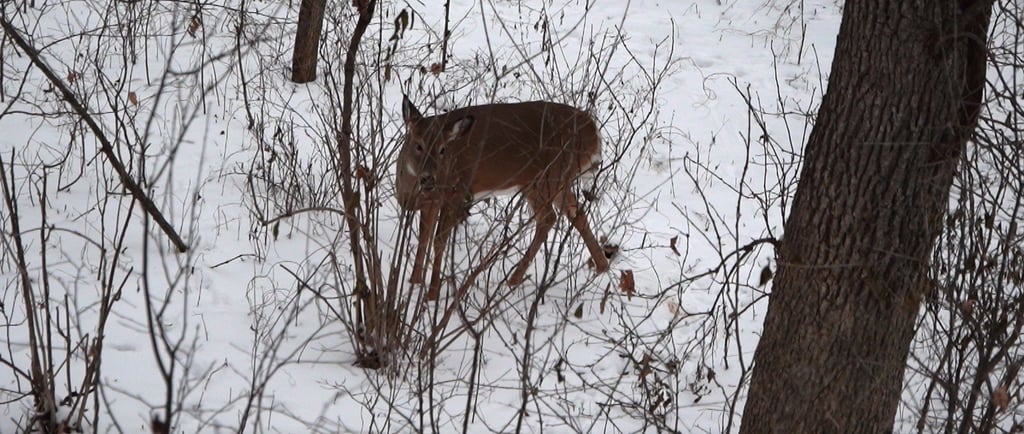

The “Vacuum Effect”
One of the most frustrating aspects of a doe factory is the repopulation loop, often called the vacuum effect. Even if you harvest does, new ones, along with fawns, quickly fill the gap. The habitat remains favorable for doe groups, so they’re consistently drawn in. Without broader change, this cycle continues season after season.
The good news? While the problem is common, the solutions are simple and easy to solve. In the next section, we’ll break down the two main causes of doe factories and how to fix them.
1. Summer Food: The #1 Cause of Doe Factories
The most influential factor contributing to a doe factory is summer food. Plantings like clover, alfalfa, soybeans, and lush browse located near protective fawning cover create ideal conditions for doe groups to take over.
The problem? Does are homebodies. Once they establish on your property, they’re not leaving. They’ll stay close to that food source, bed nearby, and raise their fawns there, season after season. That seemingly harmless summer food plot? It’s quietly shaping your entire fall herd structure.
The reality is this: Deer don’t need you to provide them with food in the summer. Summer plots offer food when you can’t hunt and when natural vegetation is already abundant. Some argue it supports antler growth and fawn development. While nutritious summer food certainly supports these processes, the truth is that deer already have more than enough available forage during the summer months. Deer don’t die from starvation in summer. They die in late fall and winter.
SOLUTION: Eliminate Summer Food Plots
It’s that simple: Don’t plant summer food plots. If your goal is to avoid a doe factory and promote a healthier, huntable herd, invest in fall and winter food sources. That’s when deer truly need energy - and when you, as a hunter, can benefit from their movement.
Give them what they need, when they need it most, and avoid setting your property up for long-term imbalance.
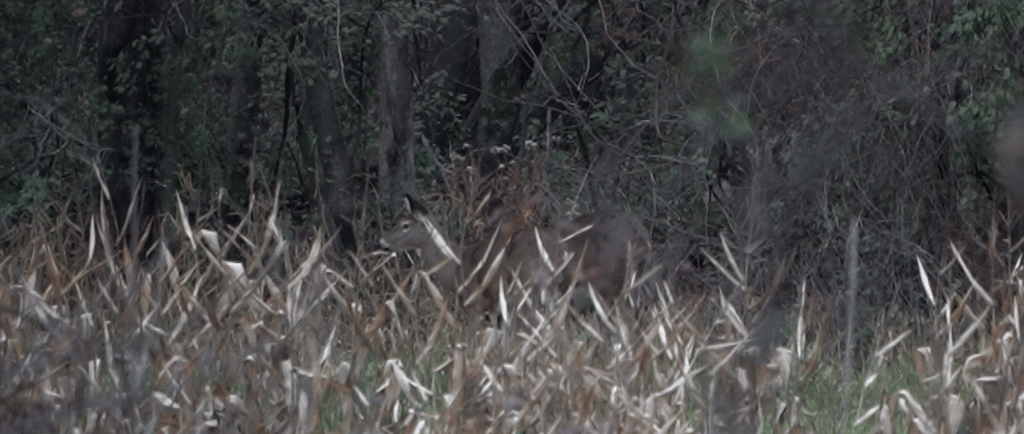

2. Lack of Depth: How Bedding Design Affects Herd Structure
As mentioned earlier, bucks require space - specifically, space to bed safely and securely. Without it, they won’t stay on your property, and you’ll continue to see an overabundance of does and fawns. Deer select bedding based on food, and this relationship creates a dependable pattern. This concept, developed by Jeff Sturgis, is known as layered bedding, and it applies anywhere a whitetail roams.
First Layer: Closest to food sources (which sets the dynamics for the remaining space) is occupied by does and fawns.
Second Layer: Behind the first, used by more does and younger bucks.
Third Layer: Mature bucks will bed furthest back, behind the other layers, if adequate cover exists.
If your property lacks depth, meaning there's not enough cover beyond those first two layers, mature bucks simply won’t bed there. They’ll find safety and solitude elsewhere. To learn more about layered bedding, check out this article.

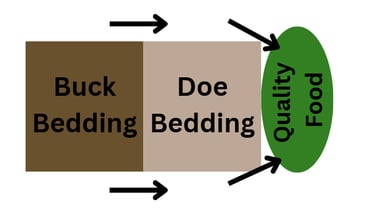
SOLUTION: Design for Depth
To fix this issue, your property should be designed with intentional food placement and adequate depth of cover across the entire layout. This ensures each bedding layer has the space it needs, allowing mature bucks to live, grow, and stay on your land.
When implemented correctly, this strategy:
Reduces social pressure
Creates room for buck age structure to develop
Allows you to become the herd influencer
Increases your chances of holding and harvesting the biggest buck in the area
Young Buck Dispersal
Doe factories don’t just repel mature bucks, they also push away young bucks seeking a home. Each year, button bucks and yearling bucks are either kicked out of the doe family group or disperse due to high social pressure. It’s a natural process designed to reduce inbreeding and promote genetic diversity within the local herd.
In a well-known study led by Dr. Mark Conner, researchers collared 75 button bucks to track dispersal patterns. The results showed that young bucks traveled between 1.2 and 36 miles from their original home range. While 36 miles was an extreme outlier, over half of the bucks traveled more than 3.7 miles. That’s a substantial shift, especially considering how small some hunting properties are. Even without GPS collars and radio tracking, you’ve likely seen this process unfold every season without realizing it.
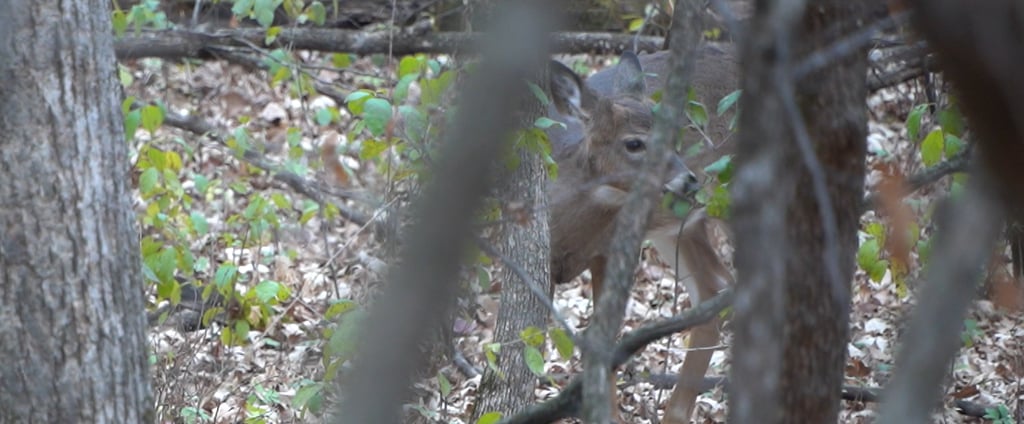

SOLUTION:
As a habitat manager, your goal should be to make your property one that collects dispersing young bucks, not repels them. When these young bucks begin their search for a new home, they’re seeking low-pressure environments, a significant contrast to the high-pressure, doe-dominated areas they just left. To attract and hold them, your property must offer what they’re looking for:
Strategically placed fall food plots that promote depth in bedding
Adequate cover to support layered bedding structure
Micro hunting plots scattered across the property
Micro plots, in particular, can serve as valuable transition zones. Because they aren’t high-traffic feeding areas, they carry less social pressure, which is exactly what young bucks are looking for.
Bottom line: Less social pressure = holding more young bucks. Give them space, safety, and food - and they’ll grow into the mature bucks to hunt.
CONCLUSION
By following the strategies outlined in this article, you can eliminate the risk of creating, or continuing, a doe factory on your property. Start by avoiding summer food plots, and instead focus your efforts on high-quality fall and winter food sources. That’s when deer need nutrition the most, and when your management efforts pay off in the form of daylight movement and huntable patterns. But food alone isn’t enough. Strategic placement is critical. Where you place food determines bedding depth, and bedding depth determines whether or not mature bucks will call your property home. Transform your land into an optimized habitat, free from doe factories, rich in structure, and tailored for mature buck success. Implement these proven techniques to become the herd influencer in your area and increase your success for this fall and for years to come.
Copyright© 2025 WHITETAIL SYSTEMS AND SERVICES, LLC
